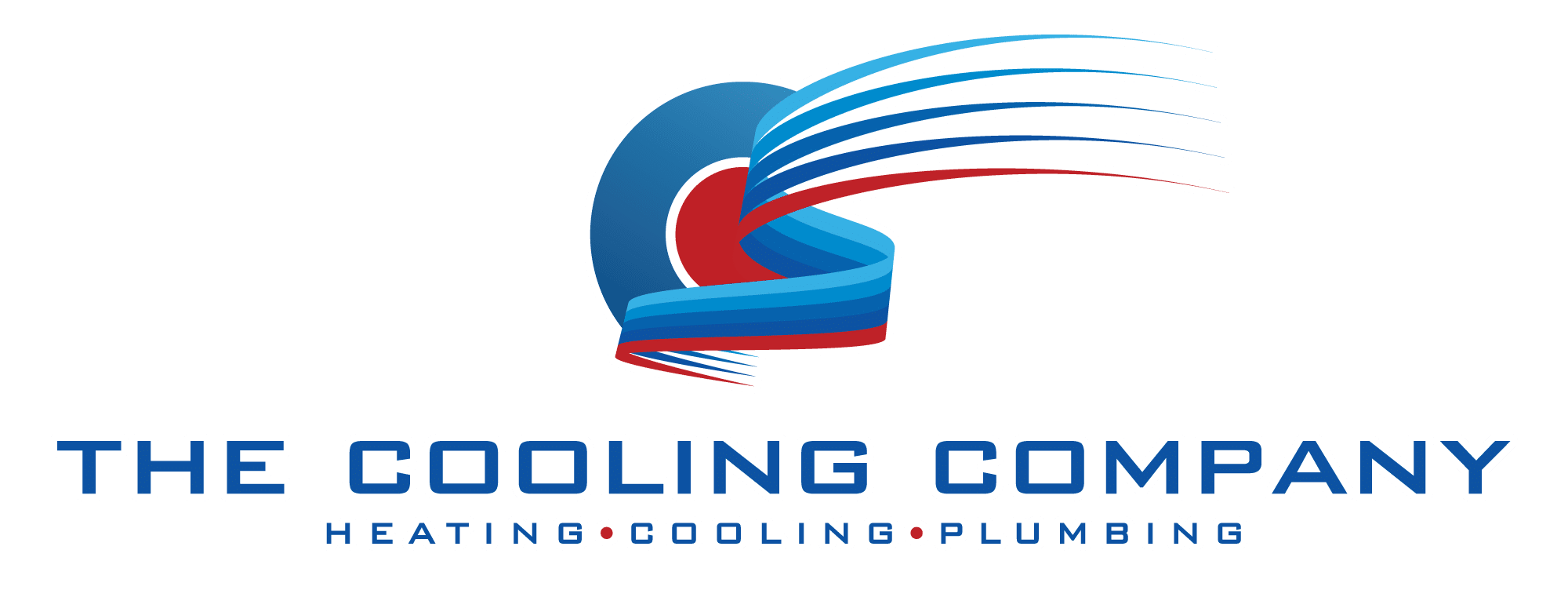One standout option is the air-to-water heat pump, which has been recognized by the International Energy Agency (IEA) for being 3-4 times more energy-efficient than traditional fuel-based or electric resistance heating systems. This type of heat pump, along with other innovative solutions, offers a compelling mix of performance and sustainability for warm and mild climates.
Heating Systems for Warm States
In warmer states, heating needs are generally less intense but still important for comfort during cooler nights and winter months. Systems that can efficiently provide moderate heat without overconsuming energy are ideal. Heat pumps, especially air-to-air and air-to-water varieties, are increasingly popular due to their ability to deliver consistent warmth while keeping energy bills low. These systems not only heat spaces but can also function as air conditioners, offering year-round climate control. This dual functionality makes them a versatile choice for homeowners looking to optimize their energy use.
Electric resistance heaters, while straightforward and inexpensive upfront, tend to have higher operating costs in these regions and may not be the best long-term investment. Conversely, heat pumps leverage ambient air to generate heat, making them far more efficient and environmentally friendly. Additionally, advancements in technology have led to the development of smart heat pumps that can be controlled remotely via smartphone apps, allowing users to adjust settings for maximum efficiency and comfort from anywhere.
According to the U.S. Department of Energy (DOE), HVAC systems are projected to account for roughly 40% of total energy consumption in commercial buildings globally by 2025, highlighting the importance of selecting energy-efficient heating solutions in all climates. Furthermore, as climate change continues to influence weather patterns, even traditionally warm areas may experience unexpected cold snaps, making it essential for residents to invest in reliable heating systems that can adapt to fluctuating temperatures. The integration of renewable energy sources, such as solar panels to power heat pumps, is also gaining traction, providing an eco-friendly approach to heating that aligns with the growing demand for sustainable living practices.
Heat Pump Options for Mild Winters
Heat pumps are particularly well-suited for mild winters because they can both heat and cool spaces, offering year-round climate control. Air-to-air heat pumps are a popular choice for homes without existing radiator or underfloor heating systems. These units not only provide heating but can also serve as efficient air conditioners during hot weather. Their ability to transfer heat rather than generate it makes them an environmentally friendly option, as they utilize less energy compared to traditional heating systems.
Research from a study conducted in Toulouse, France, demonstrated that air-to-air heat pumps can reduce heating energy consumption by 57% to 76%, significantly lowering energy costs compared to traditional electric heating methods. This makes them an excellent option for mild climates where heating demand fluctuates but remains relatively moderate. Additionally, the installation of these systems can often be completed quickly, minimizing disruption to your home and allowing for immediate benefits in energy efficiency.
The IEA also notes the dual functionality of air-to-air heat pumps, emphasizing their suitability for homes lacking conventional heating infrastructure. Furthermore, many modern heat pumps come equipped with smart technology, allowing homeowners to control their heating and cooling systems remotely via smartphone apps. This feature not only enhances convenience but also enables users to optimize energy use based on their daily schedules, further reducing costs and environmental impact.
In addition to air-to-air heat pumps, there are also ground-source heat pumps, which utilize the stable temperature of the earth to provide heating and cooling. While these systems may require a higher initial investment and more extensive installation, they can offer even greater efficiency and lower operating costs over time. Homeowners in regions with mild winters can benefit from the long-term savings and sustainability that ground-source heat pumps provide, making them a worthy consideration for those looking to invest in energy-efficient home solutions. To understand how these savings compare long-term, check our Heating System Costs & ROI guide.
Do Furnaces Make Sense in Mild Climates?
Furnaces, which typically burn natural gas, propane, or oil to generate heat, have long been a staple in colder regions. However, in warm or mild climates, their use is less common due to the relatively infrequent need for heating and the availability of more energy-efficient alternatives.
While furnaces can provide rapid and powerful heating, their operational costs and environmental impact often outweigh the benefits in areas where heating is only necessary for a few months. Heat pumps, on the other hand, offer a more balanced approach by consuming less energy and providing cooling capabilities as well.
For homeowners considering a furnace in a mild climate, it’s essential to weigh the upfront installation costs and ongoing fuel expenses against the potential savings and versatility of heat pump systems. In many cases, the latter proves to be the better economic and ecological choice. For homes that lean toward smaller spaces, see our Heating Systems for Small Homes & Apartments breakdown.
Moreover, the efficiency of heating systems can also be influenced by the insulation quality of a home. Homes that are well-insulated retain heat more effectively, thereby reducing the need for constant heating. This is particularly important in mild climates where temperature fluctuations can be minimal. Homeowners should consider investing in insulation upgrades or energy-efficient windows to enhance their home’s thermal performance, which can significantly lower energy consumption regardless of the heating system used.
Additionally, the choice of heating system may also be impacted by local energy prices and availability. In some regions, electricity may be more affordable than fossil fuels, making electric heat pumps a more attractive option. Furthermore, with the growing emphasis on sustainability, many homeowners are exploring renewable energy sources, such as solar panels, to power their heating systems. This not only reduces reliance on non-renewable energy but can also lead to long-term savings on utility bills, making it a win-win for both the environment and the homeowner’s wallet.
Ductless Mini-Splits Explained
Ductless mini-split systems have gained traction as a flexible heating and cooling solution for warm and mild climates. These systems consist of an outdoor compressor and one or more indoor air-handling units, connected by refrigerant lines rather than traditional ductwork.
One of the key advantages of ductless mini-splits is their ability to provide zoned heating and cooling, allowing homeowners to control temperatures in individual rooms or areas. This targeted approach enhances comfort and reduces wasted energy, which is especially beneficial in climates where heating demands vary throughout the home.
Additionally, ductless mini-splits often use low-global warming potential (GWP) refrigerants, aligning with the growing market trend toward environmentally friendly HVAC options. The global market for these refrigerants has rapidly expanded, growing from USD 1.2 billion in 2022 to USD 2.1 billion in 2024, with projections reaching USD 5 billion by 2030, reflecting increased adoption of sustainable technologies in heating and cooling systems.
Beyond their energy efficiency and environmental benefits, ductless mini-split systems also offer significant installation flexibility. Unlike traditional HVAC systems that require extensive ductwork, mini-splits can be installed in a variety of settings, including homes without existing ducts, renovations, or even new constructions. This versatility allows homeowners to easily add heating and cooling to spaces like sunrooms, garages, or additions, making it an ideal solution for those looking to enhance their living spaces without the hassle of major renovations.
Moreover, many modern ductless mini-split systems come equipped with advanced features such as programmable thermostats, Wi-Fi connectivity, and smart home integration. These technologies enable users to monitor and adjust their home’s climate remotely, providing convenience and further optimizing energy use. As smart home technology continues to evolve, the integration of these systems into everyday life becomes increasingly seamless, allowing for a more personalized and efficient home environment.
Energy Costs in Warm Regions
Energy costs can vary significantly in warm regions depending on the heating system used. Systems that rely on electric resistance heating tend to have higher operational expenses due to their lower efficiency. In contrast, heat pumps, particularly air-to-water and air-to-air models, offer substantial energy savings.
The efficiency of air-to-water heat pumps, which are 3-4 times more energy-efficient than fuel-based or electric resistance systems, translates directly into lower utility bills. This makes them a financially attractive option for homeowners and businesses seeking to minimize energy expenditures without sacrificing comfort.
Given that HVAC systems are expected to consume about 40% of the total energy in commercial buildings globally by 2025, investing in efficient heating solutions is critical for controlling energy costs and reducing environmental impact in warm climates. Additionally, the increasing frequency of extreme weather events necessitates a more reliable and efficient energy system. As temperatures rise, the demand for cooling systems also escalates, further straining energy resources. This trend underscores the importance of adopting technologies that not only provide comfort but also enhance energy resilience.
Moreover, the integration of smart technology into HVAC systems can lead to even greater energy efficiency. Smart thermostats and automated systems allow for precise control of heating and cooling, adapting to occupancy patterns and optimizing energy use throughout the day. This not only helps in reducing energy costs but also contributes to a more sustainable lifestyle, aligning with global efforts to combat climate change. As consumers become more aware of their carbon footprints, the shift towards energy-efficient systems is likely to accelerate, making it essential for manufacturers and service providers to innovate and adapt to these changing demands. For bigger properties facing similar efficiency challenges, see our Best Heating Systems for Large Homes guide.
Smart Thermostat Benefits in Mild Weather
Smart thermostats have revolutionized how heating and cooling systems are managed, particularly in mild climates where temperature fluctuations can be unpredictable. These devices learn user preferences and adjust settings automatically to optimize comfort and energy use.
In warm or mild regions, smart thermostats can prevent unnecessary heating by maintaining ideal temperatures only when needed, reducing wasteful energy consumption. They also offer remote control capabilities, allowing users to adjust settings from anywhere, which is convenient for homes that may be unoccupied during certain times.
By integrating smart thermostats with heat pump systems, homeowners can maximize efficiency and lower energy bills while maintaining consistent indoor comfort throughout the year.
Best Value Systems for Southern States
Southern states, characterized by their warm to mild climates, benefit most from heating systems that combine efficiency, versatility, and cost-effectiveness. Heat pumps, especially ductless mini-splits and air-to-air models, often represent the best value due to their dual heating and cooling capabilities and energy-saving potential.
With the HVAC market valued at approximately USD 240 billion in 2022, there is a wide range of options available, but selecting systems that use low-GWP refrigerants and offer high energy efficiency ensures long-term savings and environmental benefits.
For residents of southern states, investing in modern heat pump technology paired with smart controls can provide reliable warmth during cooler months while keeping energy costs manageable. This approach aligns with global trends toward sustainable HVAC solutions and the increasing demand for environmentally responsible refrigerants.
More information on HVAC industry trends and market growth can be found at Scottmax.com, offering insights into the evolving landscape of heating and cooling technologies.
Experience Comfort with The Cooling Company
Ready to embrace the best heating systems for your warm or mild climate home in Las Vegas? Look no further than The Cooling Company. Our certified technicians are committed to delivering exceptional HVAC solutions tailored to your specific needs. Whether you require routine maintenance, emergency repairs, or a brand-new installation, we ensure your comfort is our priority all year round. Don’t wait to enhance your living or working space with efficient and sustainable heating options. Schedule a Service with us today and experience the difference professional expertise makes.



